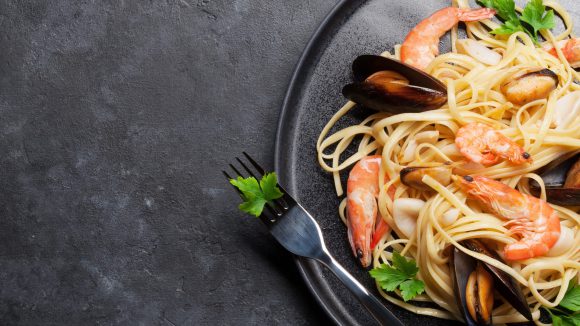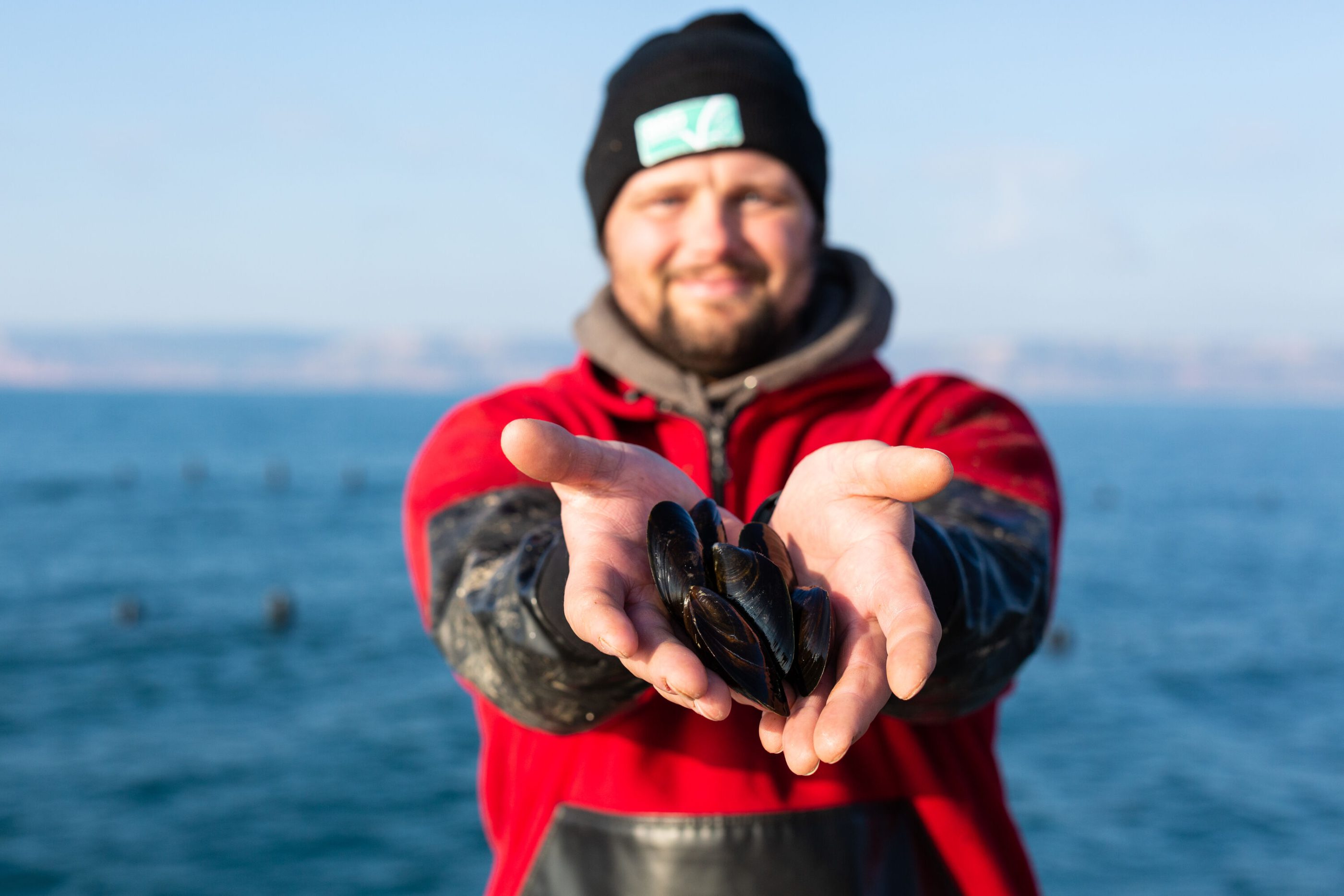
Managing diseases and parasites
Just like people, both wild and farmed fish are prone to diseases and parasites. Even on a well-run farm, these are a risk to fish. Responsible farmers spend significant time and resources to raise healthy fish by taking measures to reduce risks and having plans in place for how to handle disease outbreaks.
Do farmed fish have more diseases and parasites than wild caught?
Fish diseases occur in both wild and farmed fish. But diseases in wild fish may not be noticed, because sick fish easily become prey for other fish. The close observation of conditions in seafood farming ensures that diseases are typically noticed more quickly.
Fish can also be vulnerable to different bacterial and viral infections On ASC certified farms, any disease must be diagnosed by a vet or fish health specialist before treatment. Antibiotics may only be used under supervision and not for prevention.
What are common seafood parasites?
Parasites are small animals that require a host in order to survive. A few of these common seafood parasites also pose a risk to humans:
- Roundworms (nematodes)
- Flatworms or flukes (trematodes)
- Tapeworms (cestodes)
Worms are more common in wild fish than farmed fish because fish can become infected when they eat a host or other material that was infected with the parasite. People can then become infected after eating fish that contains a live parasite.
Freezing or heating protects people from fish parasites. To kill parasites with cold, fish should be frozen at -20 degrees Celsius for at least 24 hours, and with heat, cooked at 60 degrees Celsius or higher for at least one minute.
What are sea lice?
Sea lice are a type of parasite that is particularly common in salmon and are not related to the head lice that are common in people. They are tiny crustaceans found naturally on marine fish that feed on their skin and blood.
Does farmed salmon have parasites?
Parasites like nematodes are more common in wild salmon than farmed. However, both farmed and wild salmon are prone to sea lice which is why the control of sea lice in seafood farming is very important to ASC.
Sea lice can be a problem for salmon farms where the fish gather closely together, as this makes it easier for the lice to spread. It can also be a problem for wild salmon migrating close to an affected salmon farm.
To mitigate this, ASC standards have rigorous regulations about how farmers must deal with any sea lice outbreaks. Recently tightened, read more about the new sea lice regulations here.
How can fish farming cause disease in wild fish?
Seafood farming that takes place in sea net pens, such as salmon farming, can be vulnerable to escapes where escaped fish can either outcompete the wild population, or spread disease.
How ASC certification can help
The ASC Salmon Standard requirements keep escapes to a minimum to protect wild populations by limiting escapes to fewer than 300 fish in the previous production cycles. Farms must be able to accurately count any fish that escape and make this information publicly available.
They also make sure that medical treatments are used safely and responsibly when fish become infected with parasites or disease. Fish diseases in seafood farming should be carefully monitored and treated with supervision from a vet or fish health specialist.
The ASC released an updated salmon standard in September 2022 which pays special attention to the problem of sea lice. The updated standard requires salmon farms to monitor two species of sea lice: L. salmonis and the lesser studied Caligus, helping to gain a better understanding of how widespread the species are. It also has a revised limit for sea lice load in farmed fish specific to location and species.
ASC-certified salmon farms must also work with other farms (even if they’re not ASC-certified) to create an Area Based Management plan. This is intended to minimise the collective impact of all local farms on the environment.
ASC certification seeks to minimise the impact of seafood farming on the environment and to improve animal health and welfare.
Find out more about the ASC Salmon Standard here.
Explore More

Learn more about Seafood Farming
Find out how farmed seafood can help feed a growing global population, why fish farming needs to be done responsibly and how you can make a responsible choice.

Visit our Blog
Find out what’s behind the label, what’s going on in the world of aquaculture and how the Aquaculture Stewardship Council is updating and improving its programmes regularly.

The Aquaculture Stewardship Council
We run the world’s leading certification programme for responsibly farmed seafood. Learn about our Certification Programmes and our Impact.



